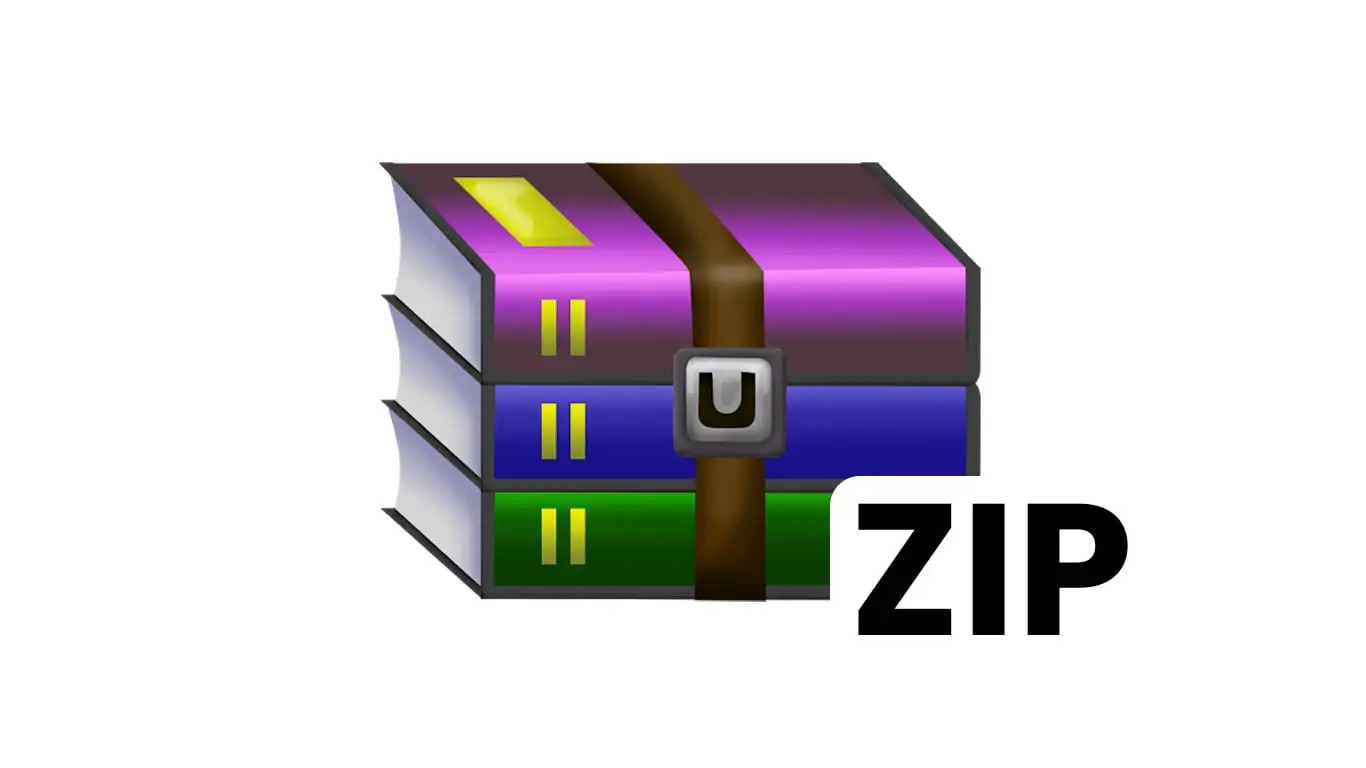
How The Different Compressed File Formats For Archives Are Unique
If you like to keep many files, you need to know how to compress them. Even though storage technology keeps getting better quickly, it's never wrong to be as efficient as possible.
Not only that, but many of our file standards today are much bigger than those of the past. For example, the 128 kbps MP3s we downloaded on Napster have been replaced with FLACs, where a single song can be as big as an entire MP3 album.
Many of us have files that we don't want to get rid of but don't need to be able to get to right away. These can be photos, videos, music, and a lot more. By putting these files in an archive, you can use less space on your hard drive, making your computer run faster. It can also save you money. If you archive well, a 1 TB external hard drive can feel like 2 TB.
It's not hard to learn how to shrink your files, but what about all of those archive formats? When you compress files, they are put into a single file that acts as a "box." However, that single file can have many different extensions: What do ZIP, RAR, 7Z, TAR, and GZ all mean? There must be something different.
There is, of course! When it comes to giving you choices, a PC is great, and when it comes to archiving your files, you have many of them. Let's talk about the differences between the most common compressed file archive formats in this article.
What does a ZIP file do?
WinZip was one of the first file archivers to become widely used, and it lets people compress files into ZIP archives.
Here are the primary distinctions between ZIP and other archive file formats:
● Even without compression, files can be stored.
● Each file in the archive has its compression. This lets you use different algorithms and get a better compression ratio, but it also means that when you compress many small files, the archive file will be more significant.
● Before 2003, ZIP's password-based encryption was so weak that it was illegal (when AES was added).
Before extensions came along, there was a hard 4 GB limit on everything:
● The size of uncompressed files
● The size of compressed files
● The size of the whole archive
ZIP compression is faster and doesn't use as much CPU as other popular methods.
ZIP is automatically supported by most Linux distributions and all versions of Windows since XP.
What does a RAR file do?
WinRAR became well-known for its "trial" period that never ends. After 30 days, WinRAR would show you a pop-up that said your trial was over, which you could close. RAR is a trendy archive format that was made by Eugene Roshal and is named after him.
How it's different from the rest:
● RAR makes it possible to divide archives into volumes, which is an excellent way to store many files.
● You can also put files into a single block to save space (solid format).
● The norm is to use AES encryption.
● A password can be used to protect archives.
● Audio files work exceptionally well when compressed (up to 90 percent ).
● RAR files can be put inside of other files. Did you know that a RAR archive can be hidden in a JPEG?
● Open-source software has been used to rewrite many RAR extraction codes.
● RAR has a better compression ratio than ZIP, its main rival.
What exactly is a 7Z file?
Unsurprisingly, the Windows program 7-Zip was the first to use the 7Z archive format. That happened a long time ago, in 1999! Under the GNU Lesser General Public License, anyone can use 7-Zip and a library that can read 7Z files.
Here are some things about 7Z:
● 7Z has a modular and open architecture that lets you compress, convert, and encrypt files in different ways by stacking them.
● Between 2 and 10 percent, files can be compressed.
● The norm is to use AES encryption.
● All of the headers of the archive have been compressed. Archive headers hold information about how to handle blocks of data within the archive.
● There is support for files that are billions of GB in size.
● Modern CPUs with multiple cores can help compression algorithms like LZMA/LZMA2, PPMd, and BZip2 work better.
What does a TAR file do?
On Unix and systems that work like Unix, TAR is the most common way to store files in an archive. It's important to know that a TAR file is just a file that stores other files. It works with GZ, which is used to compress files but can't archive them independently. Together, they make a " tarball " file (TAR.GZ format).
TAR lets you get HTTP responses in a compressed format and send requests in a compact design, allowing compression ratios of up to 80%. This archive format is usually used to back up files and share them across different Linux flavors. TAR archives track essential file system information like group permissions, dates, and directory structures.
As you can see, each archive format has its pros and cons. Choose wisely based on the files you want to compress and the purpose of your archive. It's essential to think about compression ratio, speed, and security; each of these formats has its time and place.
